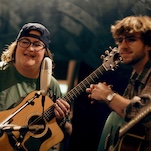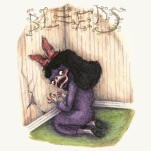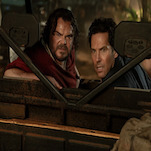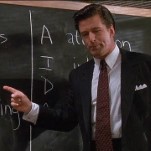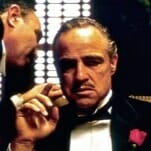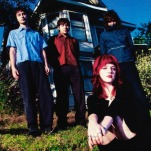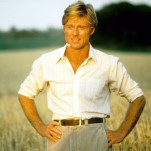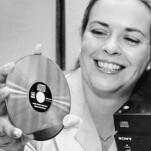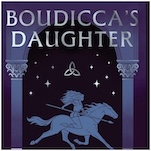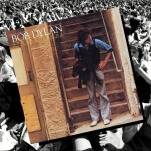Béla Fleck Explores the Banjo’s Roots: African Tour Yields Forthcoming CD and Film
Amidst the acacia trees and thatched-roof huts of a small Ugandan village, Béla Fleck sits on the ground, trademark banjo temporarily loaned out. A crowd looks on, chatting in a Swahili dialect as a grinning village elder plucks a tune. For Fleck, whose fingers navigate the gut strings of a small wooden harp, the sense of experimenting alongside a musical peer is familiar. The setting, however, is decidedly foreign.
But foreign territory is nothing new for Fleck—stylistically, he’s been taking the banjo there for years. In fact, the iconic picker has spent so much of his career evicting the banjo from its Appalachian niche, it’s ironic that his latest project finds him delving deeper into the instrument’s heritage than any of his traditionalist peers. After all, strumming a five-string at the Opry is old school, but picking with an ennanga harpist in the African interior is another thing altogether.
“I’ve always been really interested in music from around the world,” Fleck explains, “and Africa has been a place I have never really gotten to explore—and [it’s] the place the banjo comes from.”
With his full-time band, the Flecktones on a 2005 hiatus, the genre-bending virtuoso decided to pursue a long-envisioned African banjo safari. He enlisted the help of brother/filmmaker Sascha Paladino and field producer/East African cultural tour guide Nichole Smaglick. Following months of musical and logistical preparation, the three set out last February with a small crew, a collection of mobile video- and audio-recording equipment, and a plan to document six weeks of Fleck jamming alongside local African musicians on both sides of the continent.
“I wasn’t really looking for people who were well known,” says Fleck. “What I was after [was] more of a discovery … finding musicians that nobody knew and bringing their music out to the world.”
-

-

-

-

-

-

-

-

-

-

-

-

-

-

-

-

-

-

-

-

-

-

-

-

-

-

-

-

-

-

-

-

-

-

-

-

-

-

-

-




